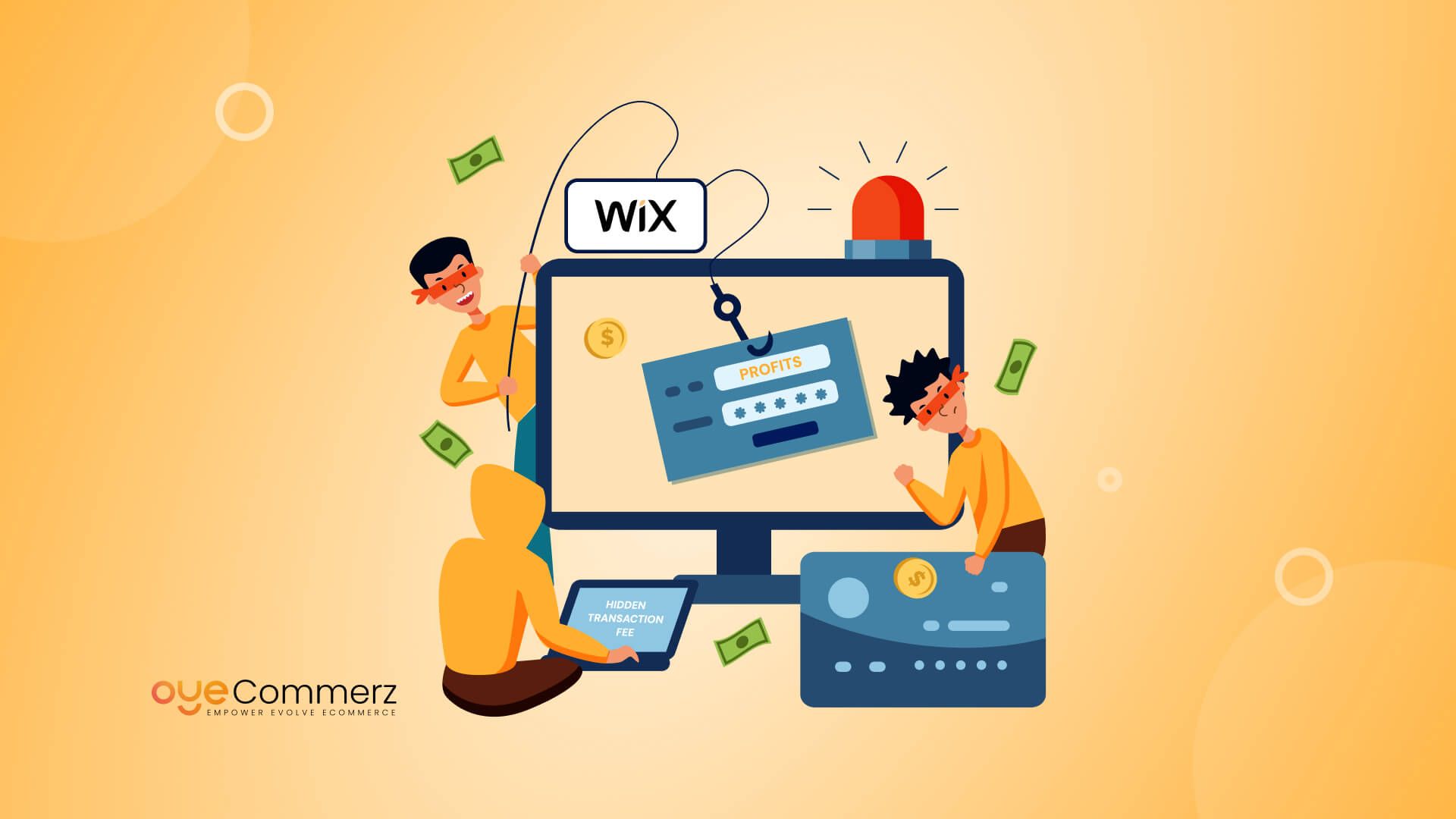In today's online environment, choosing the right e-commerce solution is crucial for business growth. If you're presently using Wix but thinking about a switch to Shopify, you are in good company. Many companies are migrating to Shopify to take advantage of its powerful features, expandability, and dedicated e-commerce solutions. This guide will outline the migration process, guaranteeing a seamless move and setting you up for e-commerce achievement.
Why Migrate from Wix to Shopify?
Before exploring the migration process, it's essential to recognize why Shopify might be a superior fit for your e-commerce requirements:
- E-commerce Focus: In contrast to Wix, which serves various use cases, Shopify is designed exclusively for e-commerce, providing sophisticated features and features optimized for online selling.
- Growth Potential: As your business grows, Shopify can seamlessly accommodate increased visitor volumes and sales capacity without compromising performance.
- Wide-ranging App Ecosystem: Shopify offers a large library of apps that can boost your store's functionality, from marketing tools to stock control solutions.
- SEO Capabilities: Shopify offers better SEO tools, which can assist in improving your store’s visibility on Google and others.
- Payment Options: With numerous transaction platforms available, including Shopify Payments, you can offer shoppers a wide range of payment methods.
Preparing for Transition
To ensure a smooth migration from Wix to Shopify, adhere to these preparatory steps:
1. Save Your Information
Download all your data from Wix, including product details, user data, and transaction logs. This step is crucial as it guarantees you have a backup of everything before starting the transfer.
2. Select a Pricing Option
Assess the different Shopify plans offered and choose one that best suits your company’s requirements. Take into account factors such as transaction fees, features included, and growth potential.
3. Create Your Shopify Profile
Create your Shopify account and explore the platform’s interface and tools.
The Migration Process
Now that you're prepared, it’s time to transfer your store from Wix to Shopify. Here’s how:
1. Transfer Items
Utilize Shopify's integrated import tool or third-party migration apps like Cart2Cart or LitExtension to transfer your items from Wix to Shopify.
Make sure that item details, pictures, prices, and variants are accurately imported.
2. Transfer Customer Data
Upload client details such as user names and contact info into your new Shopify store. This process is vital for maintaining customer relationships and marketing efforts.
3. Set Up Payment Gateways
Configure transaction methods in your Shopify store to guarantee seamless payments. You can select from multiple platforms like debit methods, PayPal, and more.
4. Personalize Your Store Design
Select a design that reflects your business image. Modify it using Shopify's customization options to create an appealing and intuitive store layout.
5. Search Engine Optimization
Apply SEO strategies during the transition process:
- Configure 301 redirects from old Wix URLs to new Shopify URLs.
- Enhance item names, details, and photos with relevant keywords.
- Update meta tags and alt texts for better search engine visibility.
Post-Migration Steps
Once your store Website customization is live on Shopify, consider these follow-up steps:
1. Check Your Website
Perform comprehensive testing of your new store:
- Check product pages for accuracy.
- Test payment processes.
- Make sure all hyperlinks work correctly.
2. Promote Your Store
Broadcast your new store launch through newsletters and social platforms.
Consider running promotions or discounts to draw shoppers.
3. Track Your Progress
Leverage analytics tools within Shopify to monitor sales performance and customer behavior.
Modify your strategies based on performance analytics.
Conclusion
Migrating from Wix to Shopify can significantly improve your e-commerce potential and set the stage for growth and success. By following this manual and taking a step-by-step approach to the migration process, you can guarantee a Online store setup smooth move that reduces downtime and maximizes opportunities for revenue. Welcome the change and see your online business thrive on its new platform!
